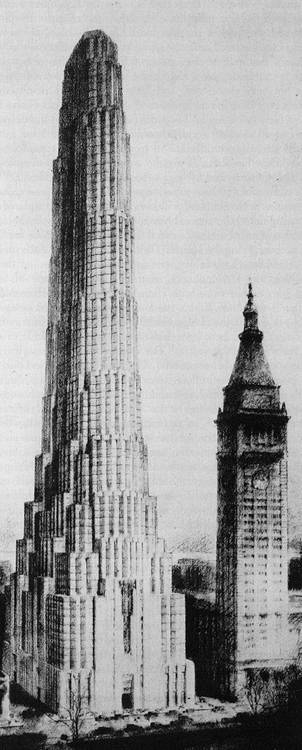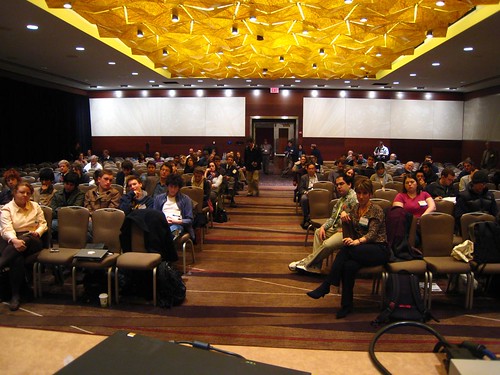
NY Governor David Paterson is at BNL today, in part to announce this:
Gov. David A. Paterson is expected at Brookhaven National Laboratory today to tout approval of a LIPA project to add 50 megawatts of solar power to the local power grid - among the largest in the country.
Long Island Power Authority trustees yesterday approved the selection of four solar power firms to erect photovoltaic stations at locations across the region. In addition to Brookhaven Lab, they will be placed on rooftops and parking lots of the Plainview- Old Bethpage Central School District, at landfills in Oyster Bay and Islip, and atop a real estate business.
LIPA hasn't released the cost of the project. Acting LIPA chairman Howard Steinberg said residents should expect the power to cost from two to three times that of conventional fossil-fuel plants.
Paul DeCotis, Paterson's energy chief, said LIPA can expect funds from the recently approved federal stimulus package to help defray part of the "green premium," as well as money from state renewable programs. He said the solar power project will be the first major leg of Paterson's push for 45 percent of the state's electricity to come from efficiency and renewables by 2015.
I've got my seat -- and my laptop, so I'll post anything else I hear (besides the Billy Joel muzak being played as we wait). I suppose we still call that live-blogging, but just saying that sounds so old fashioned. Maybe I should
twitter it?
But now that I poke around a bit, I'm a little confused: the Times reported on this issue on Feb 13 and mentioned that LIPA is raising electricity rates by 3.2%. RHIC research is quite dependent on power costs, so will this be a net gain for the lab, after all, despite being a major source of renewable energy for the region? Or will this eventually make the lab's power cheaper, as it would be if you installed it on your own home? Stay tuned.
Update: pushing 2:10 and no Paterson -- someone next to me commented about 200 wasted man-hours.
Forgets Byron Foley -- "you know how they say 'you always forget the one you love'" and apologizes. He's hilarious.
2:19pm DOE has awarded $913M in capital money for the new light source (NSLS II). Wow.
"If I know any more than that I will actually come help with the research."
1000 jobs in construction -- mostly from people who live in Long Island.
BNL has estimates 63M hours of labor needed for NSLS II.
Big announcement: 50MW of hydro power for BNL from LIPA. Lower cost for operations of lab activities, just for NSLS II or for RHIC?
Triple threat: DOE funding, BNL expertise, NY will supply the power. Colleges and universities will be great beneficiaries.
"But there's more"
Feb 11, 2008 was charged for developing recommendation for renewable power. proposal for 50MW of photovoltaic power. Got back opportunties for 400MW, and looking for a venue.
Today: announcing private investor will lease property at BNL, central station solar power plant here at lab!
BNL, along with LIPA and NYSERDA will collaborate to put this in place. Part of getting 45% of energy from renewable sources by 2015 -- BNL solar plant will be a major contribution. "45 by 15" will yield 50000 jobs in NYS.
All of these can also heat hydrogen ("not nitrogen -- I get letters about this stuff") to help store power.
Called BNL a major leader in scientific research and fuel cell research. Benefit to NYS and Long Island, and will transform the US power to produce energy and clean up the atmosphere.
Paterson is done!
 Wow that was fun. All of the good stuff ('78-'80 Talking Heads w/ Eno, the new album) played with fire and good feelings. Too bad my camera was too puny to give a good sense of the show.
Wow that was fun. All of the good stuff ('78-'80 Talking Heads w/ Eno, the new album) played with fire and good feelings. Too bad my camera was too puny to give a good sense of the show.




 So not exactly world-shattering, but certainly droplet-shattering. I was curious about people who had done this kind of thing -- and Google was kind, yielding up
So not exactly world-shattering, but certainly droplet-shattering. I was curious about people who had done this kind of thing -- and Google was kind, yielding up 

